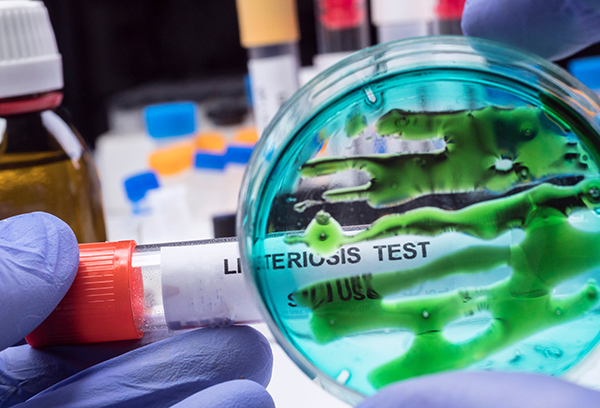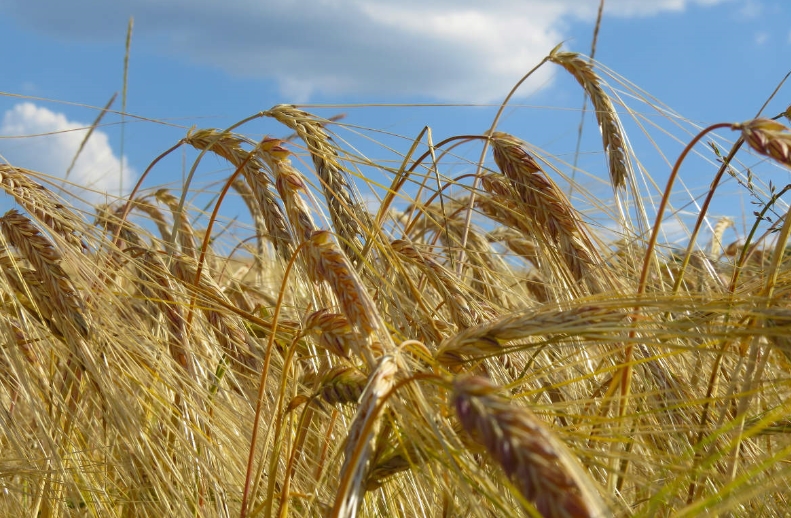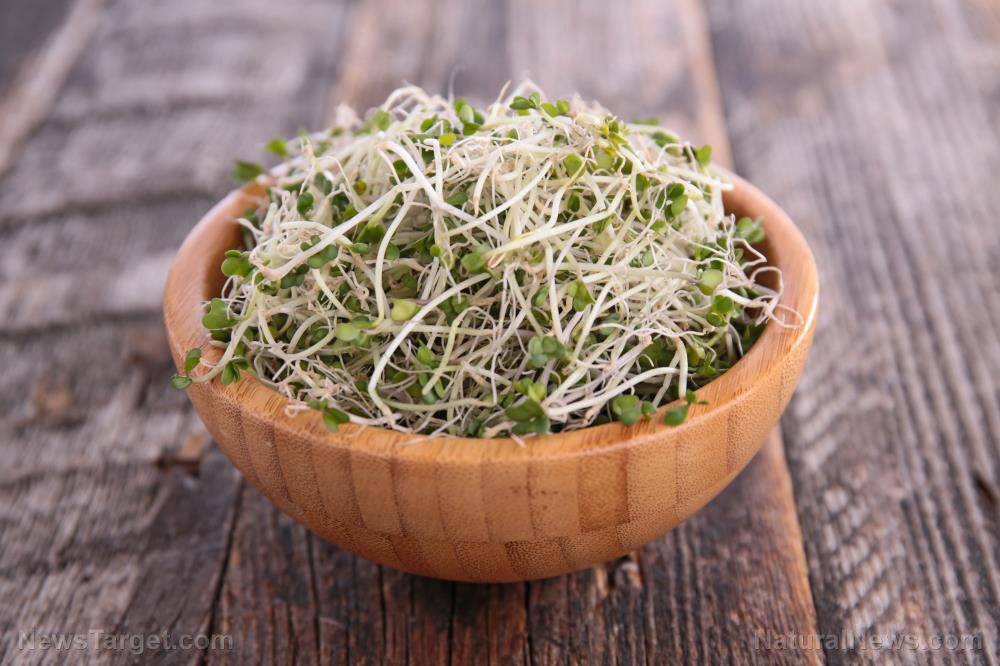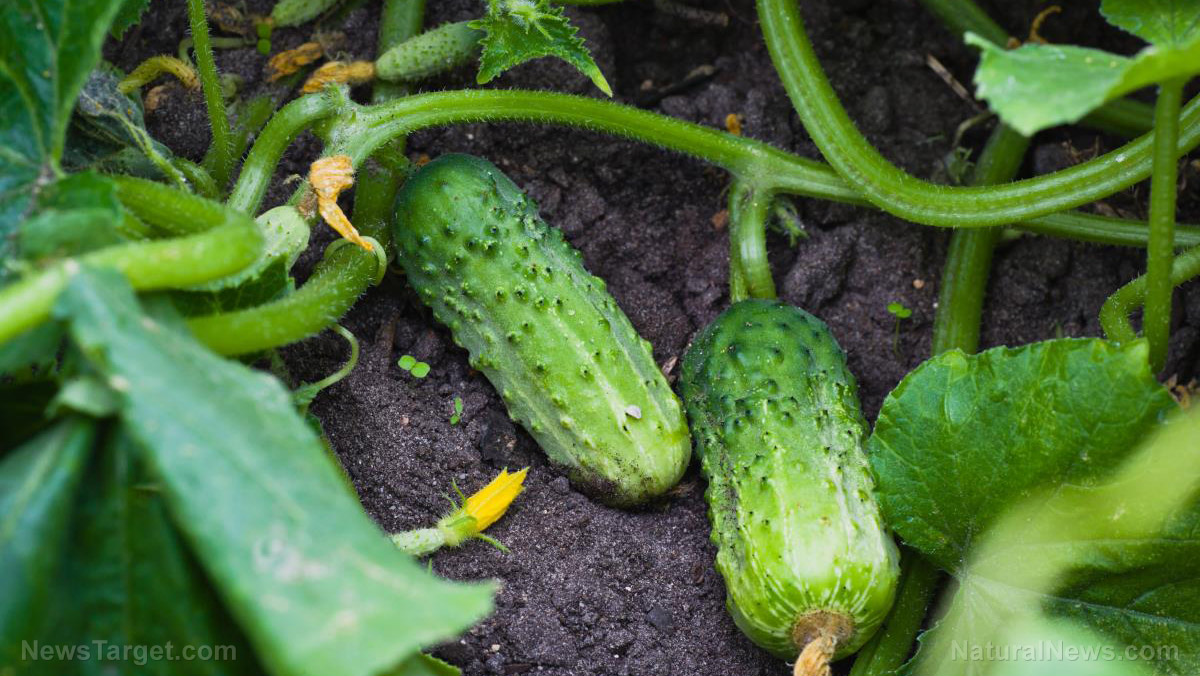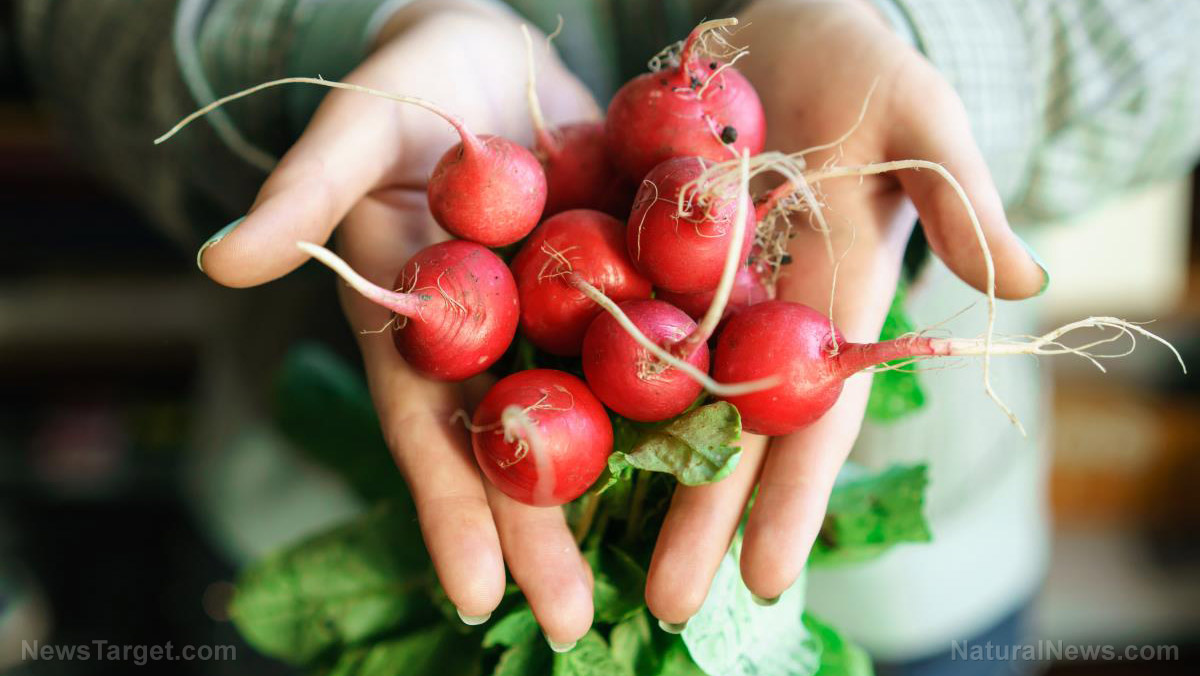
Why grow radishes?
Radishes are one of the first cultivated vegetables in recorded history and are also one of the easiest and fastest root vegetables to grow. They are versatile because you can also eat radish leaves.
Radishes belong to the cabbage family and mature quickly. Many types of radishes are ready to harvest within at least 30 days.
If you have young kids and you want to teach them the importance of knowing how to grow organic crops, radishes are a great plant to cultivate because the seeds are big enough for small hands.
You may have already seen red radishes because they are the most familiar, but they can also be long and white, thick and black, oval or two-toned.
Radishes can vary in size from half an inch in diameter to Daikon radishes that are shaped like carrots but can grow up to one and a half feet long.
Radishes can also offer some benefits to gardeners. Mix radish seeds when planting beet, carrot or parsnip seeds to mark the rows for these slower-growing veggies.
As the radishes grow, their roots will loosen the soil and help protect the companion plants from weeds and pests.
You can also use radishes to keep insect pests away from other more valuable vegetables. If you're growing broccoli, plant radishes nearby to attract flea beetles that will eat their leaves instead of the broccoli.
Five radish varieties that are ready for planting
New radish cultivars are introduced constantly and bred for improved quality, bolt resistance or sweeter flavor.
Some gardeners prefer these five radish varieties:
Cherry Belle is probably the most familiar of all the radishes. It has a bright red color and a perfectly round shape. Cherry Belle is an heirloom and early-maturing. Its roots are about one inch in diameter and plant maturity is 22 days.
Easter Egg radishes are a mix of white, red, pink and purple round roots with crisp and tender flesh. Roots are 1.5 inches in diameter and plant maturity is 25 to 50 days.
French Breakfast has elongated and bicolor roots of pink and white. Roots are three to four inches long and plant maturity is 25 to 30 days.
Roxanne is a hybrid with bright-red outsides and creamy-white insides. Roxanne is valued for its appearance, taste and ability to hold its flavor even when it is oversized. Round roots are 1.5 inches in diameter and plant maturity is 27 days.
Watermelon is a beautiful heirloom radish that is worth waiting for. The roots are round, with a white exterior and a rosy watermelon pink inside, hence the name. Roots are about 3.5 inches long and plant maturity is 60 days.
What you need to grow radishes
If you're a beginner at growing radishes, here are some things that you will need to grow them in your garden.
Soil
Radish is a root vegetable that can grow in a variety of soils. However, using rich, loose and well-draining soil will make it easier for rooting.
Use a cultivator to loosen the soil and amend with compost or well-aged manure so radish roots can grow downwards without any difficulty.
Once the soil is loosened, avoid walking on it. If the soil is too dense or too much like clay, roots can grow in odd shapes and may develop tough lateral roots.
Light
Plant radishes in full sun for best results.
But if you don't have a sunny area in your garden, radishes can still grow in partial sun. This will also help protect them from harsh sunlight and temperatures that warm too quickly in spring. This is recommended if you want to grow radishes in the summer.
Fertilizer and water
If the soil is well-amended at planting, you don't need to use additional fertilizer.
When growing radishes, you must keep the soil moist so radish seeds will germinate quickly and start growing.
Water radish regularly so that the soil is consistently moist. After radishes start to grow, add a layer of organic mulch to help keep the soil evenly moist.
Common problems you'll encounter while growing radishes
If you want a bountiful, delicious radish harvest, make sure your plants receive enough water. You should also thin radish sprouts immediately and keep weeds down.
If you encounter any problems with your radishes, replant since radishes grow very quickly.
Once the plants sprout, thin to about one or two inches apart in the row. After thinning, radishes will grow quickly even if you don't tend to them too much.
Keep the radish bed weeded. Pull weeds by hand or clip at soil level instead of cultivating to prevent damage to delicate roots.
Keep out insect pests that can damage radish leaves by covering plants with row cover cloth.
If the radishes fail to develop into bulbs, here are some common causes:
- Overcrowding, which can be solved with thinning and weeding.
- Too much nitrogen can make radishes form lots of leafy greens but not much root.
- Too much heat can mess with root formation. This is why radishes are recommended for spring and fall plantings.
- Too little light can also impact the formation of roots.
Growing radishes in containers
You can still grow radishes if you live in an apartment or if you only have a container garden.
Radishes will thrive in containers, window boxes or other large pots with drainage holes in the bottom.
To grow radishes in a container, fill it with good-quality potting soil meant for containers and water before planting radish seeds. Follow the seed packet instructions for seed depth and spacing between plants, then keep the soil moist and mulch containers after radishes start to grow.
Keep up with watering and thin radishes one to two inches apart in their rows. Harvest your radish varieties at the right time. Check the seed packet instructions because days to harvest can vary.
Harvesting radishes
When you're done planting, check the early radishes. Gently brush soil aside from several radishes and check for the root size. Radishes with roots that have a one-inch diameter are good for eating.
Once large enough, gently pull the radishes up. The attached leaves should also be crisp with a healthy green color.
Make sure you harvest radishes as soon as they’re mature to keep them crunchy and to avoid pithy roots. If the weather turns hot or if you leave the radishes in the garden too long, they can turn bitter and the roots can split.
After harvesting radishes, remove the leaves from the roots and refrigerate them separately. Don't wash and trim roots until you're ready to use them.
Saving radish seeds
To keep growing radish, save seeds from either heirloom or hybrid plants. Remember that heirloom radish seeds will grow into the same plant as the parent while hybrid radish seeds will revert to one or the other parent plant and may have some surprises during harvest season.
To save seeds, allow your radish plants to flower and form seed pods. When the pods turn brown, pull up a radish plant. Cover the pod with a brown paper bag, then hang it and let it dry in a warm, dry place.
The pods will open on their own and drop seeds into the bag. Make sure the seeds are thoroughly dry before storing them in an airtight container for the next radish-planting season.
Grow radishes in your home garden so you have access to a crisp, zesty and versatile veggie.
Watch the video below to know more about the health benefits of radishes.
This video is from the Natural News channel on Brighteon.com.
More related stories:
Eating radishes can diminish symptoms of clinical depression.
10 Reasons to eat a radish: Nutrients and health benefits.
Sources include:
Please contact us for more information.


















